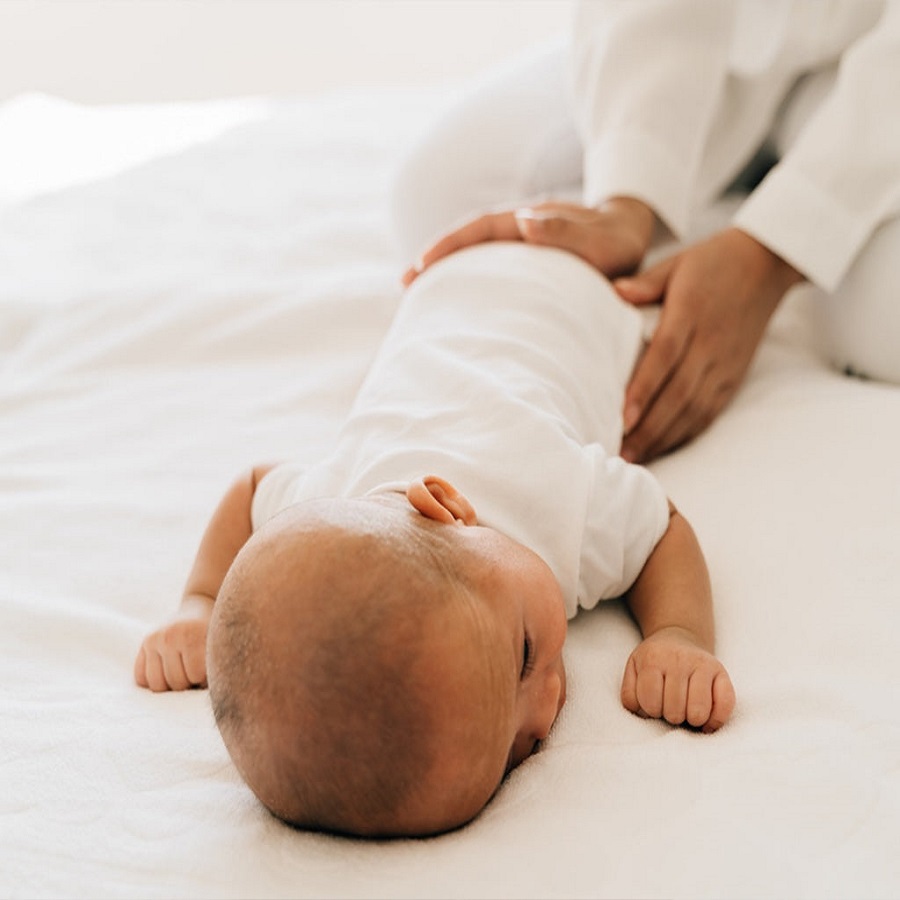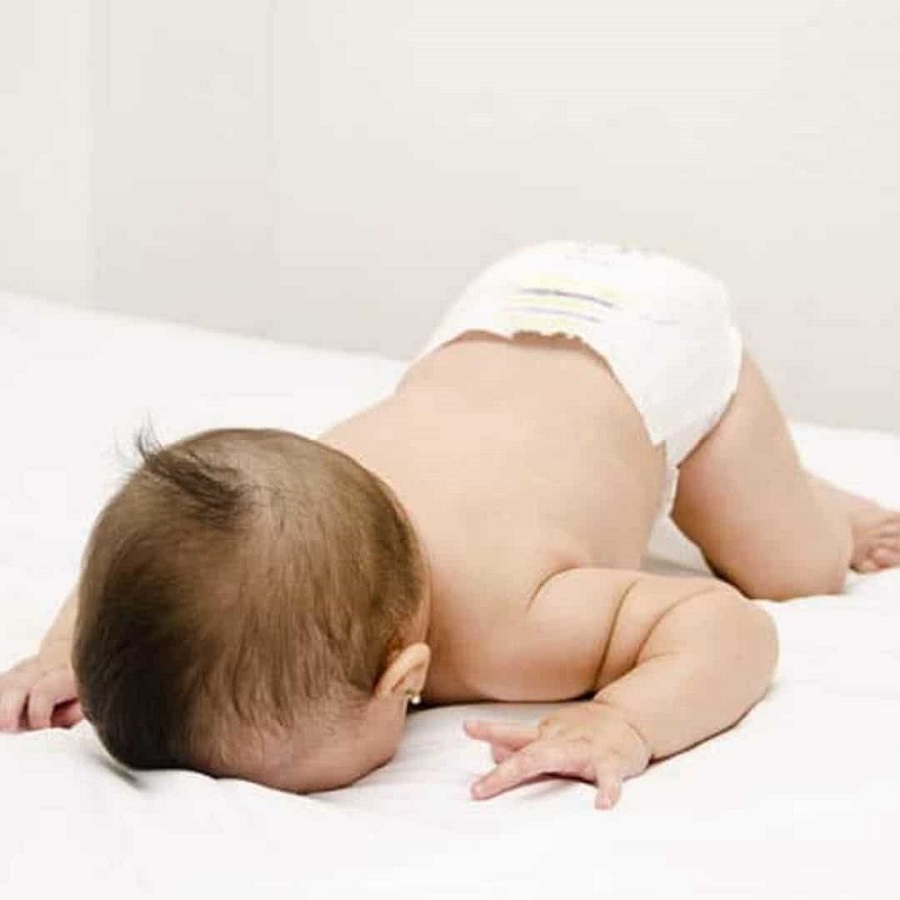What is Positional Asphyxiation?
Definition and Overview
Positional asphyxiation occurs when someone can’t breathe well because of how they’re positioned. It’s when their body position blocks air from getting through their airway. This is a real risk for babies, including toddlers and young kids. They can be fine one minute and struggling the next, all because of how they’re sitting or lying down. It’s scary because their breathing systems aren’t fully grown yet. So a simple thing like their head tipping too far forward can lead to serious trouble, blocking the flow of oxygen they need.
The Anatomy of Breathing and Positional Risks
Understanding how we breathe is key to getting why positional asphyxiation is such a danger for infants. Babies have small airways that can easily get blocked if their head drops or if they’re curled up too tightly. A blocked airway means not enough air gets to their lungs. This can happen quickly and with little warning, making it really important to always check on how a baby is positioned—especially when they’re in a car seat, a stroller, or lying in bed. It’s not just about comfort; it’s about keeping their airways clear so they can breathe without any trouble.

The Dangers of Positional Asphyxiation for Infants
Babies can face serious risks from positional asphyxiation. Their small, growing bodies are not as capable as adults at adjusting to restricted airflow. This can turn critical in moments if a baby’s position blocks their breathing. Caregivers need to understand this to keep infants safe.
The Case Study of Dodd Family: A Real-Life Scenario
The Dodd family tragically lost their infant, Shepard, to positional asphyxiation. Shepard was put to nap in his car seat, not a crib. His airway got blocked because his head slumped. This real-life scenario shows the importance of proper sleep surfaces for babies.
Signs and Symptoms to Watch For
Look for signs like trouble breathing, blue lips, or fussiness – they can signal positional asphyxiation. If a baby’s position changes and they suddenly seem distressed or drowsy, check their airway. Immediate action could be lifesaving. Being alert to these symptoms is key for baby safety.
Common Causes of Positional Asphyxiation in Infants
Positional asphyxiation can happen for many reasons. Let’s look at common causes.
Mistakes with Car Seats and Infant Carriers
Not using car seats right can lead to trouble. Belts too loose, angles wrong, and long sits out of the car are all risk factors. Make sure everything is snug and at the right tilt.
Sleeping Practices and Nursery Furniture
The way babies sleep matters. Cribs should be flat with no soft toys or thick blankets. Avoid propping babies at angles or using cushions that might block their breath.
Swaddling Techniques and Bedding Choices
Wrap babies snug but not too tight. Their chests need to move freely. Pick the right-size wraps and avoid heavy blankets. Safety comes first, even during nap time.
The Science Behind Positional Asphyxiation
Understanding the science of positional asphyxiation is vital. It informs caregivers and parents of how to keep babies safe.
Respiratory System Development in Infants
Babies have delicate respiratory systems still in the early stages. Their small airways get blocked easily. So, they need special attention to prevent positional asphyxiation. Remember, wrong positions can hinder their breathing. Infants depend on mature caregivers to ensure they stay safe and breathe well.
The Role of Neck Muscles and Airway Structures
Infants’ neck muscles aren’t strong at birth. This weakness can cause their heads to flop. In the wrong position, their air passages might compress, which can quickly escalate into a lack of oxygen. By always inspecting how babies hold their heads, you can prevent such threats. Proper knowledge of these muscle roles helps in reducing risks while handling infants.

Preventive Measures Against Positional Asphyxiation
Preventing positional asphyxiation is crucial for baby safety. Let’s explore how you can keep infants safe from this risk.
Best Practices for Car Seat Usage
Car seats are essential, but must be used right. Always follow the maker’s guide. Check the angle and harness tightness. Ensure the baby’s head doesn’t slump. Never use a car seat like a bed. Keep car trips with a baby in check. Regularly inspect seat installations. For safety, avoid old or second-hand car seats without their history. A well-set car seat reduces risks.
Safety Guidelines for Sleeping Arrangements
A safe sleep place is flat and clear of stuff that could block breathing. Avoid angles and cushions that might press on a baby’s chest. No soft toys or thick blankets in the crib. The safest spot for a baby to sleep is on their back, in a crib that meets safety standards. Check on sleeping babies often to keep them safe.
The Importance of Correct Swaddling
Swaddle right for safety and comfort. Babies should be snug, but their chests must move free. Do not swaddle too tight; let the baby’s hips and legs move. Avoid heavy covers; choose light, breathable ones instead. Watch for overheating or signs the baby is not happy. Correct swaddling can prevent risks and keep a baby safe and comfy.
Emergency Response to Positional Asphyxia
Recognizing Distress and Taking Immediate Action
When a baby shows signs of distress, quick thinking is vital. Look for struggles to breathe, blue tinges on lips, or sudden fussiness. These could mean positional asphyxiation. If you spot these signs, reposition the baby. This could restore their air flow. If their condition does not improve fast, call for medical help right away. Time is critical, and prompt action could save a life.
The Role of Caregivers and Emergency Services
Caregivers must know how to act in an emergency. They should keep calm and ensure the baby’s airway is clear. They must also know when to call for help. Emergency services will take over care when they arrive. They will give any needed medical aid and might move the baby to safe care in a hospital if needed.
Educating Parents and Caregivers for Safety
To protect babies from positional asphyxiation, education is key. Parents and those taking care of babies need to know the risks. Teaching them about safe positions can save lives. Here’s how we can make this happen.
Awareness and Education Programs
Awareness programs help spread vital info about positional asphyxiation. They teach correct usage of baby gear and safe sleep habits. Programs may include workshops or online courses. Clear instructions and visuals are often best. Hospitals and parenting classes are great places for them. The goal is to reach as many caregivers as possible.
Expert Recommendations on Infant Care and Equipment Use
Experts like pediatricians offer valuable advice on caring for infants. They tell you how to pick the right baby equipment. They also explain how to use it safely to prevent risks. Always follow their guidelines and check for new safety updates. Reading guides and labels helps too. It’s the best way to make sure the products are used right.

The Importance of Safe Sleep Practices
Safe sleep practices are critical to preventing positional asphyxiation in babies. The American Academy of Pediatrics (AAP) recommends placing babies on their backs to sleep, as this significantly reduces the risk of suffocation and Sudden Infant Death Syndrome (SIDS). Babies should always sleep on a firm mattress, free from soft bedding such as pillows, blankets, and stuffed animals, which can create suffocation hazards. Caregivers should also avoid letting babies sleep in sitting devices like car seats or bouncy chairs for extended periods. These positions can cause airway obstruction if the baby’s head slouches forward, increasing the risk of asphyxiation.
Additionally, creating a safe sleep environment—such as a clear crib with no loose items—ensures babies sleep safely and securely. Encouraging parents and caregivers to follow these guidelines from birth through the first year is crucial to preventing harm.
